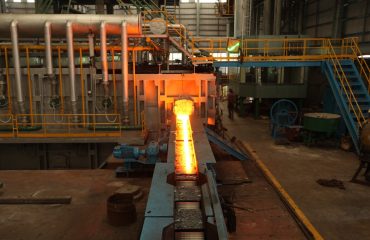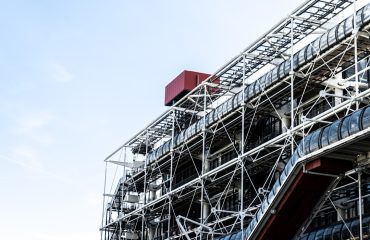The steel industry, a cornerstone of global infrastructure and manufacturing, faces a critical challenge: decarbonization. Producing steel traditionally relies on blast furnaces fueled by coal, resulting in significant greenhouse gas emissions. However, the urgent need to mitigate climate change is pushing the industry towards ambitious net-zero targets, demanding innovative solutions and a fundamental shift in production methods. This post explores the complexities and exciting advancements in the pursuit of net-zero steel.
The Urgency of Net-Zero Steel: Why It Matters
The steel industry accounts for approximately 7% of global greenhouse gas emissions. This substantial contribution necessitates immediate and drastic action to align with global climate goals. Failure to decarbonize the steel sector will severely hinder efforts to limit global warming to 1.5°C, as outlined in the Paris Agreement. Beyond the environmental imperative, achieving net-zero also presents significant economic opportunities, driving innovation, creating new jobs in green technologies, and enhancing the industry’s global competitiveness. Consumers are increasingly demanding sustainable products, putting pressure on steel manufacturers to adopt eco-friendly practices and demonstrate a commitment to reducing their carbon footprint.
Hydrogen-Based Steelmaking: A Promising Pathway to Decarbonization
One of the most promising avenues towards net-zero steel is the transition to hydrogen-based steelmaking. Traditional blast furnaces rely on coking coal for both heat and reducing iron ore. Hydrogen, however, can replace coal as the reducing agent, eliminating direct CO2 emissions from the process. Different approaches are being explored, including the direct reduction of iron ore with hydrogen (DRI) and the use of hydrogen in electric arc furnaces (EAFs). While hydrogen-based steelmaking is still in its developmental stages, significant progress is being made, with several pilot projects demonstrating its feasibility and potential. The key challenge lies in securing a sustainable and affordable supply of green hydrogen, produced from renewable energy sources.
Carbon Capture, Utilization, and Storage (CCUS): A Complementary Technology
While hydrogen-based steelmaking offers a pathway to eliminate direct CO2 emissions, carbon capture, utilization, and storage (CCUS) technologies can play a crucial role in mitigating emissions from existing and transitional steelmaking processes. CCUS involves capturing CO2 emissions from blast furnaces or other steelmaking sources, transporting them, and either storing them underground or utilizing them in other industrial processes. While CCUS is not a standalone solution and is energy-intensive, it can provide a valuable bridge to a fully decarbonized steel industry, reducing emissions from existing infrastructure while new technologies are developed and scaled up. The economic viability and scalability of CCUS remain important considerations.
The Role of Renewable Energy and Electricity in Green Steel Production
The shift to net-zero steel is intrinsically linked to the transition to renewable energy sources. Producing green hydrogen requires substantial amounts of renewable electricity, such as solar and wind power. Furthermore, electric arc furnaces (EAFs), which are already a more energy-efficient alternative to blast furnaces, will become increasingly important in a decarbonized steel industry. The increased reliance on electricity necessitates a significant expansion of renewable energy infrastructure and the development of smart grids to manage the fluctuating nature of renewable energy sources. Investing in grid modernization and energy storage solutions will be crucial for supporting the decarbonization of the steel industry.
Overcoming Challenges and Accelerating the Transition to Net-Zero Steel
The transition to net-zero steel faces significant challenges, including the high capital costs associated with new technologies, the need for large-scale infrastructure development, and the complexities of integrating new processes into existing steelmaking facilities. Policy support, including carbon pricing mechanisms, government incentives for green technologies, and regulatory frameworks promoting sustainable steel production, will be crucial in accelerating the transition. Collaboration between steel manufacturers, technology providers, research institutions, and policymakers is essential to overcome these challenges and ensure a just and equitable transition that protects jobs and promotes economic growth. Furthermore, the development of standardized metrics and certification schemes for green steel will enhance transparency and consumer confidence.
The journey towards net-zero steel is ambitious but essential. By embracing innovative technologies, fostering collaboration, and implementing supportive policies, the steel industry can forge a greener future, reducing its environmental impact while maintaining its vital role in global economic development.




